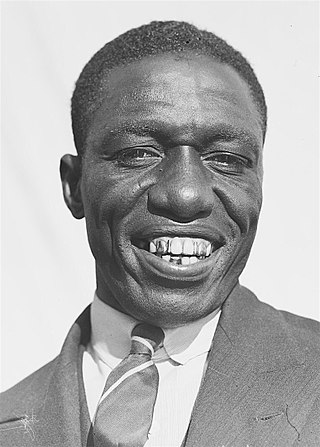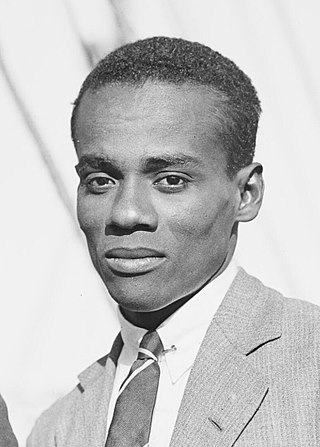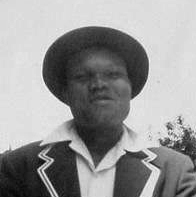Test series
Three Test matches were arranged, each of three days' duration.
1st Test
23–26 June 1928 Scorecard |
v | ||
- England won the toss and elected to bat.
- 24 June was taken as a rest day
- DR Jardine and H Smith (both ENG), and all the West Indies side, made their Test debuts.
Jack Hobbs being unfit, England, on winning the toss, opened with Herbert Sutcliffe and Charlie Hallows, and the three West Indian fast bowlers, Constantine, Griffith and Francis, plus Browne, caused early discomfort. But though wickets fell fairly regularly, runs were also scored very fast. Ernest Tyldesley made 122 and captain Percy Chapman 50, and at the end of the first day England had reached 382 for eight. Constantine, who finished with four for 82, ended the innings quickly on the second morning. West Indies, opening with Martin and Challenor, reached 70 without loss by lunchtime, and the partnership went to 86 before Martin was out to Maurice Tate for 44. Five wickets then fell for 10 runs and though Nunes made 37, Vallance Jupp and Tich Freeman took the last five wickets in two hours. Following on, the West Indies did worse, and lost their first six wickets for just 44 runs before the end of the second day. On the final morning, 52 from Small and 44 from Browne brought the second innings total to 166 before the match ended after 90 minutes' play.
2nd Test
21–24 July 1928 Scorecard |
v | ||
The tourists made two changes, bringing in Hoad, who had made an unbeaten 149 in a two-day match against Worcestershire three days before this Test started, and Scott. They replaced Fernandes and Small. On a lifeless pitch, West Indies won the toss and batted. Roach, promoted to open, made 50 and put on 48 with Challenor and 46 with Martin. The team then collapsed to 133 for six before Browne and Scott took the total beyond 200. Freeman took five wickets for 54 runs for England. Hobbs, restored to health, and Sutcliffe made 119 for the first England wicket. After three quick wickets, Wally Hammond with 63 put on 120 with Douglas Jardine. A further small collapse followed, including Chapman retiring injured, and Jardine, top scorer with 83, but the tail took the total to 351. In the second innings, West Indies lost two wickets quickly, but Martin and St Hill put on 55 and at the end of the second day, West Indies were 71 for four. The innings ended rather abjectly on the third morning, only 44 further runs being made in 50 minutes. Freeman again took five wickets, this time for 39 runs, to finish with match figures of 10 for 93.
3rd Test
11–14 August 1928 Scorecard |
v | ||
- West Indies won the toss and elected to bat.
- 12 August was taken as a rest day
- EL Bartlett and CV Wight (both WIN), and M Leyland (ENG) made their Test debuts.
The third match followed a very similar pattern to the second, with the West Indians making a good start through Roach (53) and Challenor (46), but no other batsman getting beyond the 30s. The total of 238 was, though, the highest of the series for the touring side. Hobbs and Sutcliffe made 155 for the first wicket, and Hobbs and Tyldesley then added 129 before Hobbs was out for 159 with the score at 284. Five further wickets then fell in the next hour for 49 runs, all of them to Griffith, whose innings figures of six for 103 were the best of the series for the West Indies. Tate and Harold Larwood then added 61 in 25 minutes and the last three wickets made 105 runs. West Indies' second innings, as in the previous Tests, began badly, and only a stubborn 41 from Martin enabled the side to reach three figures. As at Lord's and Old Trafford, the match was over before lunch on the third day.









